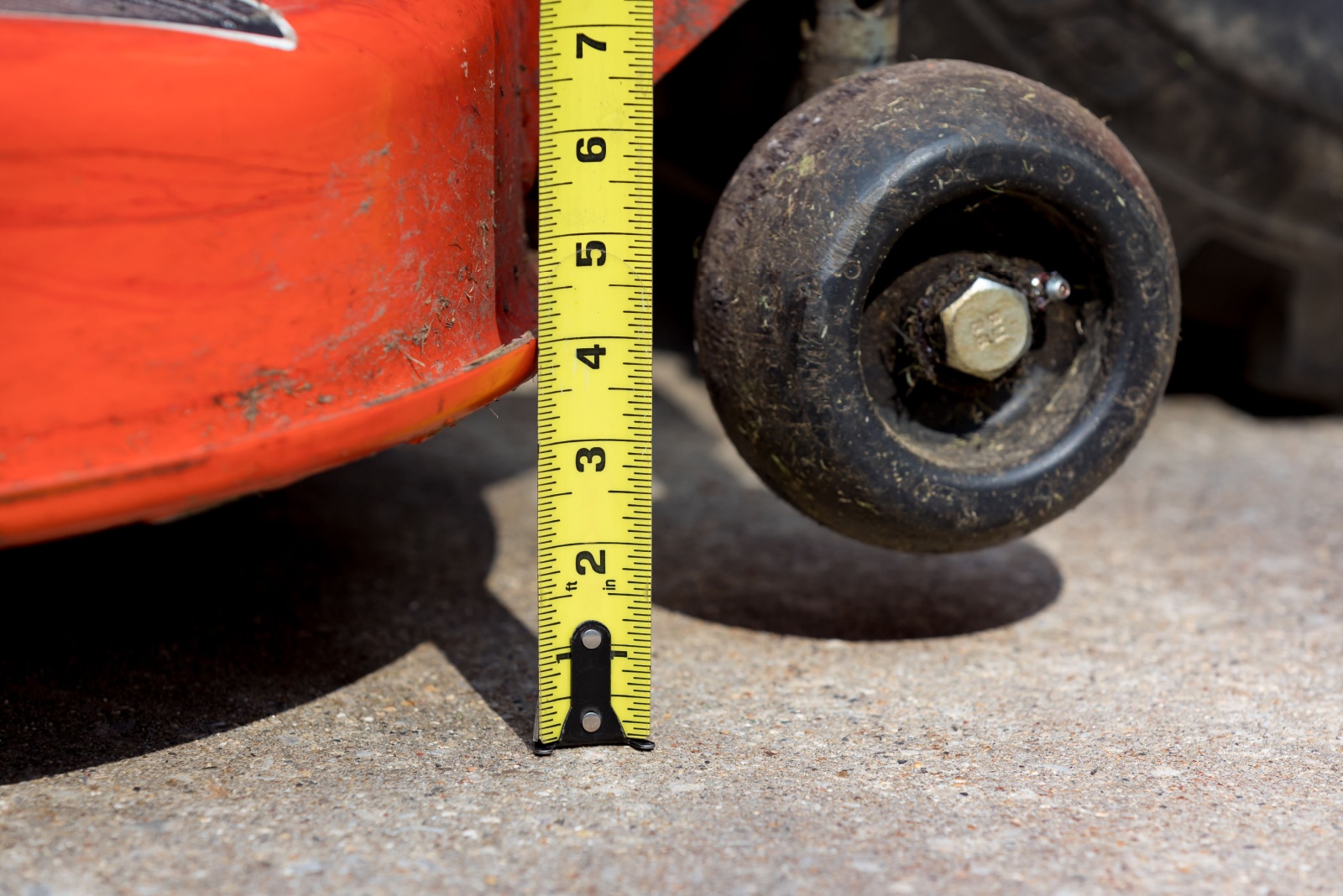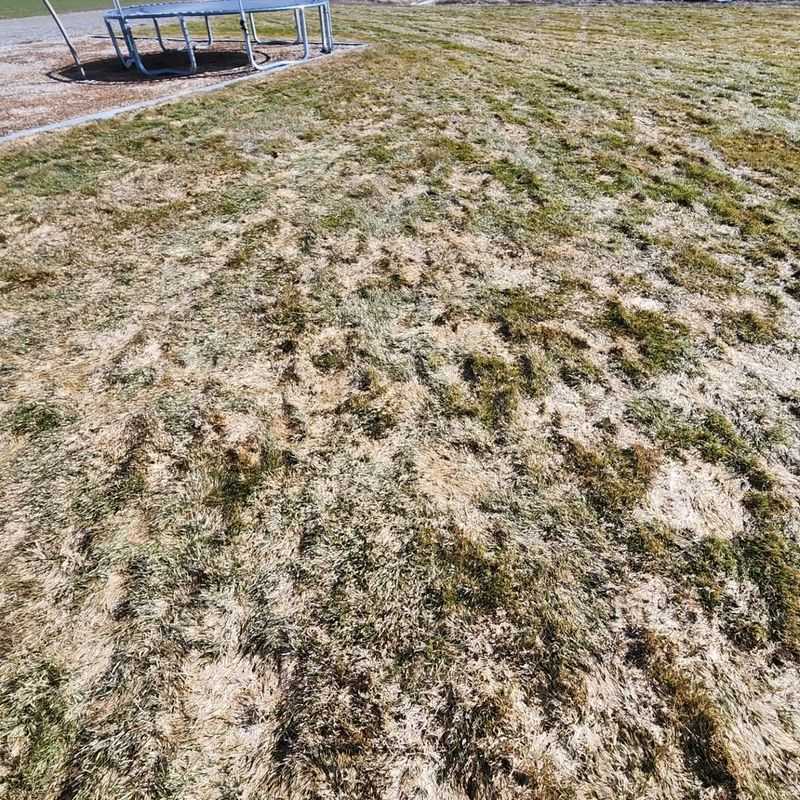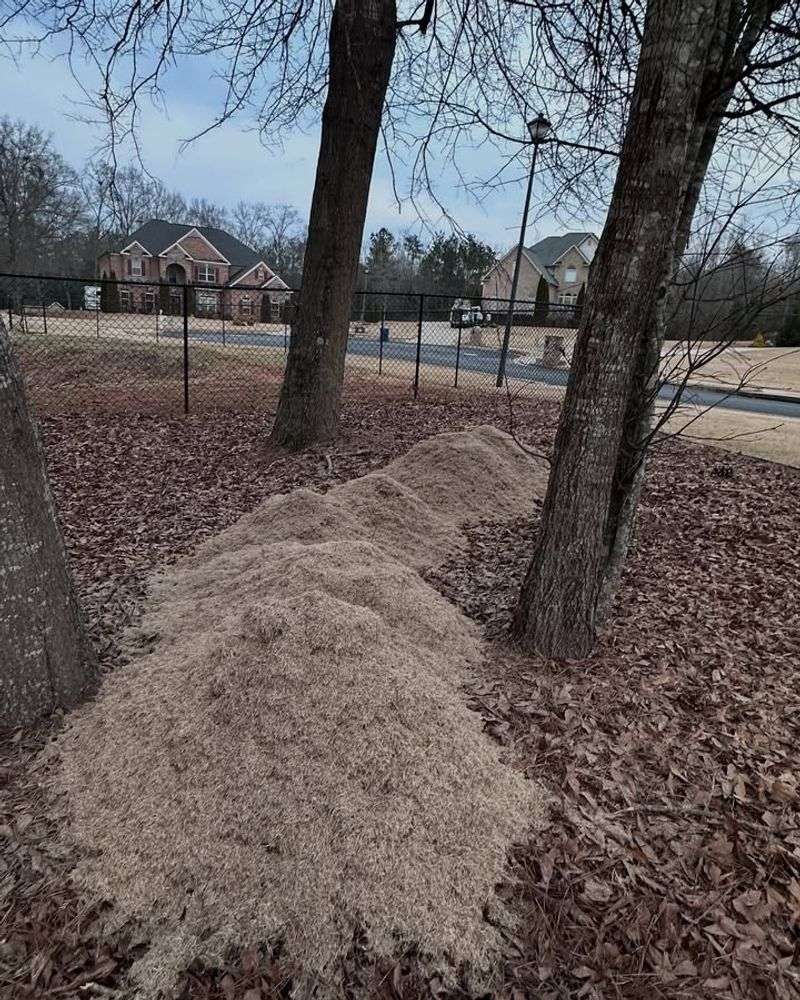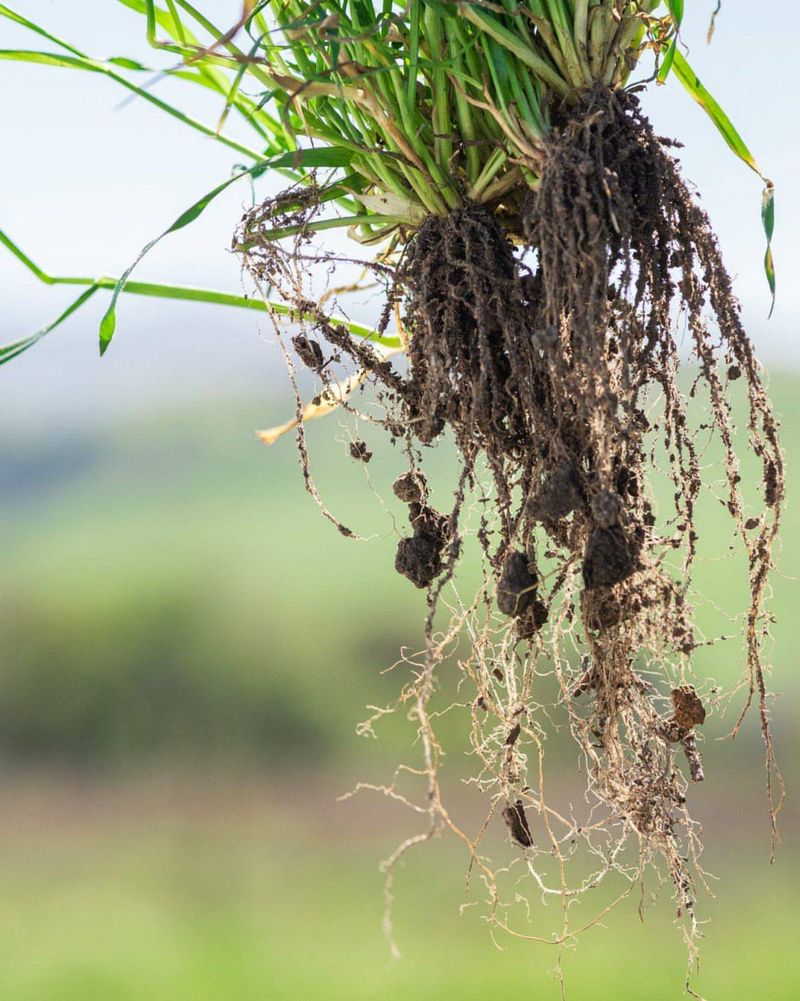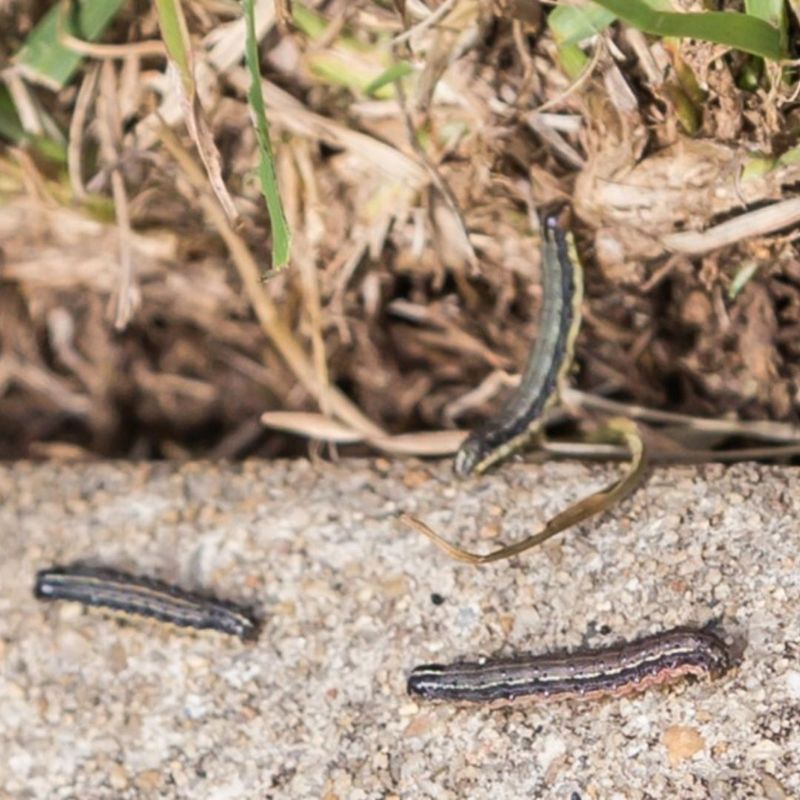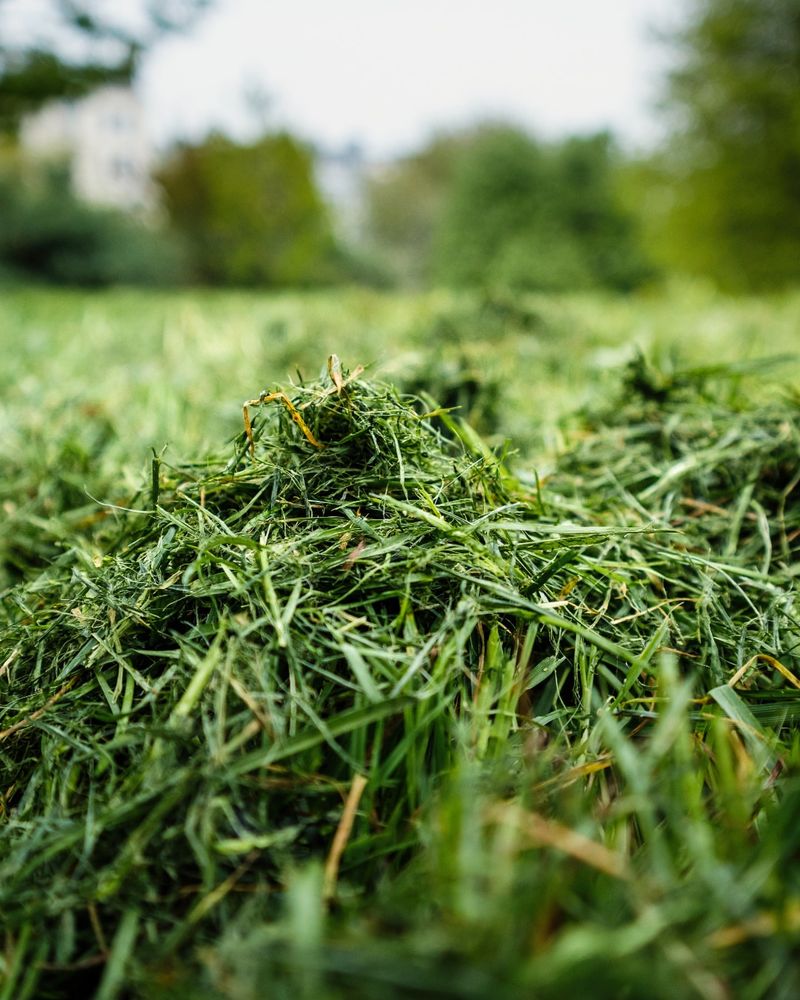Getting your lawn ready for winter might seem like a hassle, but one simple trick can make a huge difference come spring. Lowering your mower blade before the cold weather hits is a game-changer for Oregon homeowners who want a lush, healthy lawn when warmer days return.
This small adjustment takes just minutes but delivers impressive results that will have your neighbors asking for your secret.
1. Prevents Snow Mold And Fungal Diseases
Shorter grass blades mean less moisture gets trapped beneath snow and frost. When your lawn stays too long during winter, it creates a perfect breeding ground for nasty fungal infections like snow mold.
Oregon winters bring plenty of dampness, and tall grass holds that wetness against the soil. By cutting lower, you allow better air circulation even during cold months.
Your spring lawn will thank you by emerging disease-free and ready to grow strong instead of battling infections right from the start.
2. Reduces Matting And Thatch Buildup
Long grass blades tend to flatten under snow and rain, creating dense mats that suffocate your lawn. When spring arrives, you might find ugly brown patches where the grass simply couldn’t breathe.
Matted grass also prevents new growth from pushing through the compacted layer. Lowering your mower helps avoid this problem entirely by keeping blades upright and manageable.
Less matting means your lawn can transition smoothly into spring without needing major repairs or reseeding efforts that cost time and money.
3. Encourages Deeper Root Growth
Cutting your grass shorter before winter actually signals the plant to focus energy downward into its root system. Stronger roots mean a more resilient lawn that can handle Oregon’s unpredictable spring weather.
When grass doesn’t need to support tall blades during dormancy, it redirects nutrients underground. This creates a robust foundation that helps your lawn green up faster when temperatures warm.
Think of it as giving your grass a head start on next season’s growth while it rests through the cold months ahead.
4. Allows More Sunlight To Reach The Soil
Shorter grass lets precious winter sunlight penetrate all the way to the soil surface. Even on cloudy Oregon days, every bit of light helps keep the ground slightly warmer and encourages beneficial microbial activity.
Tall grass casts shadows that keep soil cooler and slower to wake up in spring. By lowering your blade, you maximize light exposure during those critical late-winter weeks.
More sunlight also helps dry out excess moisture faster, reducing the risk of waterlogged soil that damages grass roots and creates muddy messes.
5. Minimizes Pest Hiding Spots
Longer grass provides cozy shelter for unwanted visitors like voles, mice, and insects looking for winter homes. These pests can cause significant damage by chewing roots and creating unsightly tunnels beneath your lawn.
A shorter cut eliminates the protective cover these critters need to feel safe. They’ll move along to find better hiding spots elsewhere, leaving your lawn in peace.
When spring arrives, you won’t discover surprise damage from pests that spent the entire winter munching away underneath overgrown grass blades.
6. Makes Spring Cleanup Much Easier
Nobody enjoys spending hours raking and cleaning up a messy lawn when spring finally arrives. Shorter grass means less diseased material to remove and fewer tangled clumps to deal with.
You’ll be able to start enjoying your yard sooner instead of dedicating entire weekends to cleanup projects. A quick pass with the rake and you’re ready to go.
This simple fall preparation saves you considerable effort later, giving you more time to actually relax and appreciate your beautiful Oregon lawn when nice weather returns.
7. Promotes Earlier Spring Green-Up
Lawns that enter winter with shorter grass consistently green up faster when spring temperatures arrive. The reduced blade length means less energy needed for the plant to restart its growth cycle.
You’ll notice your neighbors still waiting for their lawns to wake up while yours is already lush and vibrant. That earlier green-up also gives your grass a competitive advantage against weeds.
Oregon springs can be unpredictable, but a well-prepared lawn bounces back quickly regardless of weather fluctuations throughout the season.

